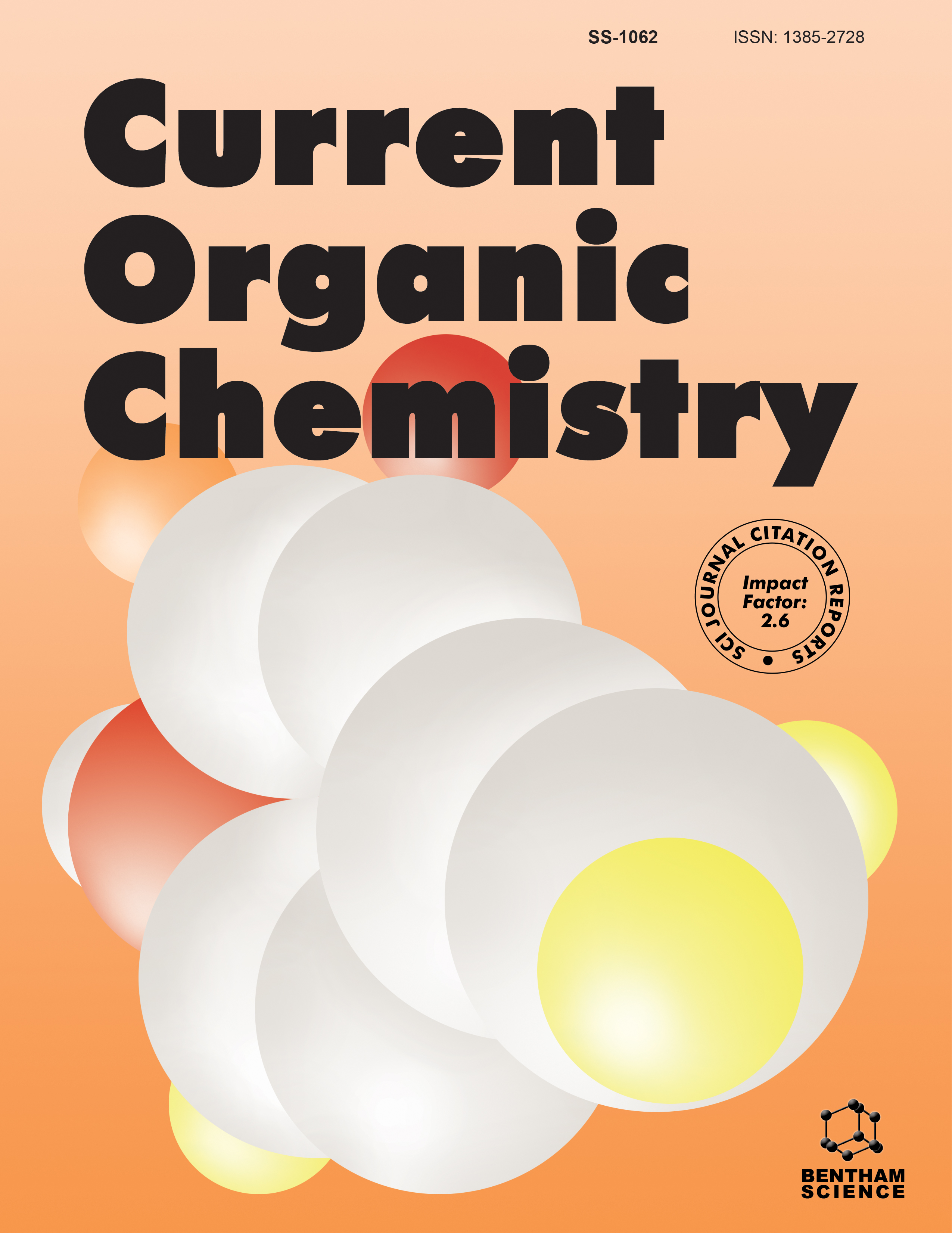-
oa Editorial ]Hot topi: Host-Guest Supramolecular Chemistry: From Small to Macromolecular Hosts (Guest Editor: Chao Gao)]
- Source: Current Organic Chemistry, Volume 15, Issue 1, Jan 2011, p. 1 - 1
-
- 01 Jan 2011
- Previous Article
- Table of Contents
- Next Article
Abstract
Supramolecular chemistry, coined as “beyond molecular” chemistry and based on the pioneering work of Donald J. Cram, Jean-Marie Lehn, and Charles J. Pedersen, aims to create novel structures and materials, fabricate nanomachines and small devices, mimic the functions of biomacromolecules and biosystems, and to illuminate the archebiont and make life ultimately. Generally, supramolecular chemistry includes two main subbranches: supramolecular self-assembly and host-guest chemistry. The former gives more emphasis to build beyond structures by repeated noncovalent binding of a same sort of molecules which are normally amphiphilic; the latter always focuses on inclusion complex formed from a “hollow” molecule (i.e., host) and smaller molecules, ions and atoms (i.e., guests). This special issue will concentrate on host-guest supramolecular chemistry, particularlly on the organic inclusion complex systems. Organic inclusion chemistry roots in classic organic chemistry which concerns the covalent bonds of C-X, opens to polymer science, material science, physics, biology, biomedicine, nanoscience and nanotechnology, and theoretics, and has unlimited potential in the industrial applications. Even though there is no unified theory on strong interactions of chemical bonds and weak interactions such as van der Waals' forces, mechanical inclusion, encapsulation, π-π stacking, entropy force, and hydrophobic effect, etc., numerous united host-guest supermolecules perfectly conctructed by both covalent bonds and noncovalent forces widely exist in nature and have been created by scientists in the past decades. This special issue will summarize, comment and highlight the recent advancements of organic inclusion chemistry, and prospects the possible new directions and areas. Typically, cucurbiturils, calixarenes, catenanes, rotaxanes, cyclodextrins, and dendritic macromolecules are selected as the main hosts due to their uniqe structure and properties, and great potential applications. Expect synthesis, characterization, and property of the relevant host-guest supermolecules, utilization of host-guest chemistry to tune surface properties such as hydrophobicity/hydrophilicity, prepare supramolecular polymer of polyrotaxanes, fabricate supramolecular machines, and to direct supramolecular self-assembly is also accounted in this issue. It is a great pleasure for me to be involved as a Guest Editor of this issue of Current Organic Chemistry. I wish to express my sincere gratefulness to all of the authors contributing to this special issue for their valuable work and their support. I am sure that their contributions will broaden the view sights of readers and further the faster development of supramolecular chemistry.


